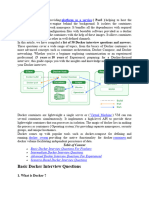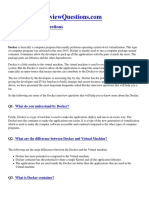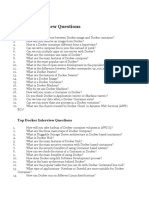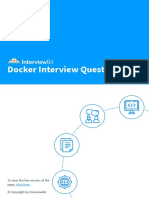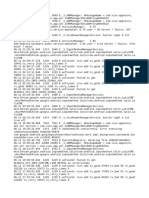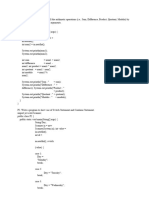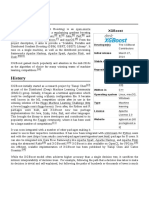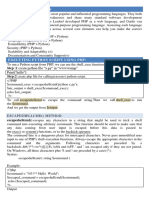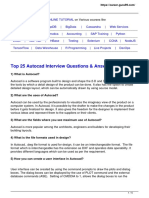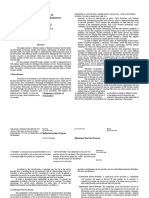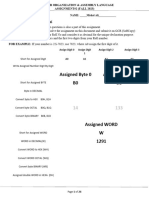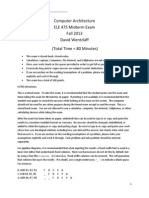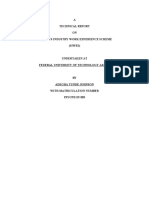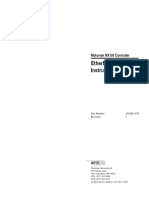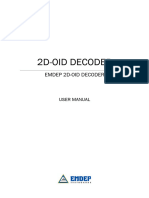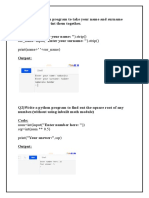0% found this document useful (0 votes)
8 views2 pagesDocker Interview QA
The document provides a Q&A format overview of Docker and containerization concepts, including the differences between Docker images and containers, isolation methods, and the purpose of Dockerfiles. It also discusses networking between containers, multi-stage builds, debugging techniques, and the benefits of using Docker in CI/CD pipelines. Additionally, it explains Docker Compose and its role in managing multi-container applications.
Uploaded by
Ali AkkasCopyright
© © All Rights Reserved
We take content rights seriously. If you suspect this is your content, claim it here.
Available Formats
Download as PDF, TXT or read online on Scribd
0% found this document useful (0 votes)
8 views2 pagesDocker Interview QA
The document provides a Q&A format overview of Docker and containerization concepts, including the differences between Docker images and containers, isolation methods, and the purpose of Dockerfiles. It also discusses networking between containers, multi-stage builds, debugging techniques, and the benefits of using Docker in CI/CD pipelines. Additionally, it explains Docker Compose and its role in managing multi-container applications.
Uploaded by
Ali AkkasCopyright
© © All Rights Reserved
We take content rights seriously. If you suspect this is your content, claim it here.
Available Formats
Download as PDF, TXT or read online on Scribd
/ 2






















